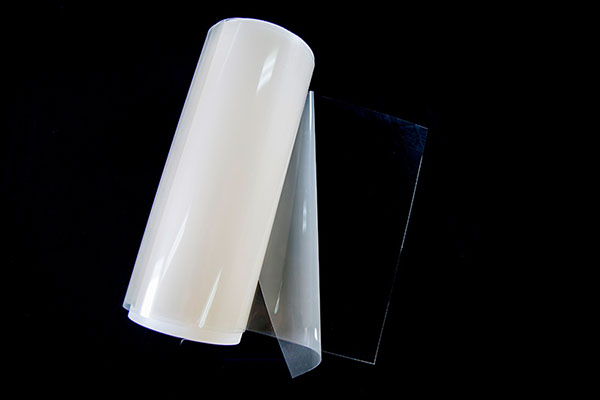Product Introduction Of Pem Proton Exchange Membrane:
The PEM proton exchange membrane we produce is a high-performance product specially designed for all-vanadium redox flow batteries. Its core highlight is to significantly improve vanadium resistance and proton conductivity through "supramolecular patch" technology, while enhancing mechanical strength and dimensional stability. sex. During the casting production process, special materials are added to improve the strength, moisture retention and vanadium resistance of the PEM proton exchange membrane. The PEM proton exchange membrane we produce has high proton conductivity, which can effectively improve the energy efficiency of vanadium flow batteries, reduce internal resistance, and increase the power output of the battery.
Product Advantages Of High Stability Proton Exchange Membrane:
The PEM proton exchange membrane we produce effectively reduces the permeability of vanadium ions by constructing a "supramolecular patch" on the Nafion membrane. The modified ionic phase is rich in positively charged groups, which block vanadium ions through the Donnan exclusion effect, effectively improving the dimensional stability of the PEM proton exchange membrane. This stability enables the PEM proton exchange membrane to maintain high performance under various working conditions.
Thickness And Basis Weight Properties:
| Membrane Type | Thickness(microns)(um) | Weight(g/m²) |
| PXVA-62-T01 | 62 | 122 |
Physical And Other Properties:
| Physicaland Other Properties | Typical Value | Test Method |
| Tensile Test (23℃,50%RH) | ||
| Tensile Strength(MPa) | ≥30 | GB/T 20042.3-2022 |
| Tensile Modulus(MPa) | ≥400 | GB/T 20042.3-2022 |
| Elongation at break(%) | ≥120 | GB/T 20042.3-2022 |
| Specific Gravity | 1.97 | |
| Other Properties | Index Parameters | Test Method |
| Conductivity(S/cm) | ≥0.100 | GB/T 20042.3-2022 |
| Acid Capacity(meq/g) | 1.00±0.05 | GB/T 20042.3-2022 |
Hydrolytic Propertie:
| Hydrolytic Properties | Index Parameters | Test Method |
| Water Content(%) | 5.0±3.0 | GB/T 20042.3-2022 |
| Water Uptake(%) | 50.0±5.0 | GB/T 20042.3-2022 |
| Thickness Swelling Rate at 23℃,50% RH (% increase) | ||
| water soaked at 23℃ 50% RH | ≤5 | GB/T 20042.3-2022 |
| water soaked at 100℃ 50% RH | ≤15 | GB/T 20042.3-2022 |
| Linear Expansion at 23℃,50% RH (% increase) | ||
| water soaked at 23℃ 50% RH | ≤5 | GB/T 20042.3-2022 |
| water soaked at 100℃ 50% RH | ≤18 | GB/T 20042.3-2022 |

Precautions For Using High Strength Proton Exchange Membrane:
When using High strength proton exchange membrane, the performance data of the High strength proton exchange membrane, such as the efficiency of charge and discharge cycles and the proton conductivity of the membrane, should be monitored regularly.
Any abnormal drop may indicate a potential problem with the membrane and the PEM proton exchange membrane needs to be inspected and maintained in a timely manner.
Attention should be paid to the synchronous aging and maintenance of other components in the PEM proton exchange membrane system to maintain the coordinated operation of the entire system.
Notes Of High Strength Proton Exchange Membrane:
High stability proton exchange membrane measurement conditions: the membrane is placed at 23° ℃ and 50% RH for 24 hours.
High stability proton exchange membrane conductivity is measured at 23 ℃ and 100% RH.
The equivalent of sulfonic acid groups in the resin is measured by alkaline titration, and the acid capacity or equivalent of the membrane is calculated using the measurement results.
The water content of the High stability proton exchange membrane after the membrane is placed at 23℃ and 50% RH for 24 hours (on a dry weight basis).
The water absorption of the dry High stability proton exchange membrane after being placed in water at 100℃ for 1 hour (on a dry weight basis).